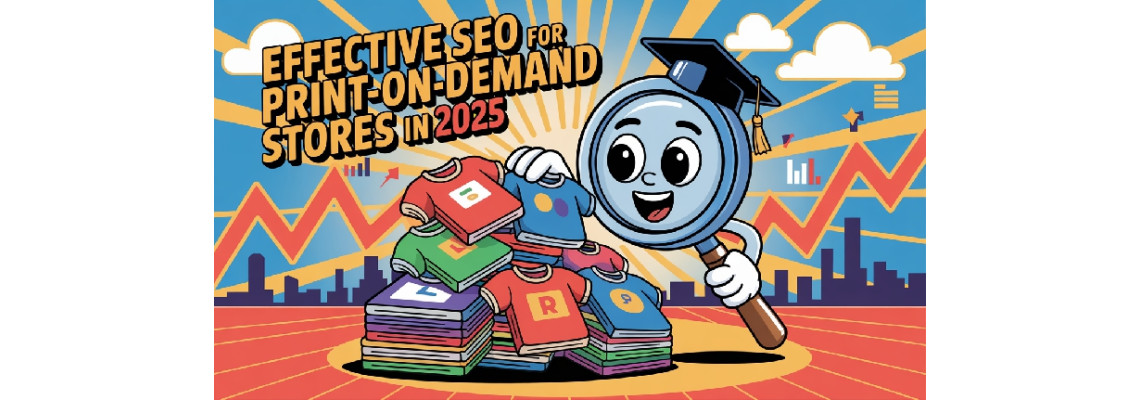
Effective SEO for Print‑on‑Demand Stores is no longer optional—it’s essential for capturing organic traffic and outperforming competitors in 2025 Printify. As print‑on‑demand entrepreneurs face growing marketplace saturation, a comprehensive SEO strategy helps your store stand out by aligning your content with buyer intent Shopify. This guide walks you through proven tactics—from keyword research to video SEO—to elevate your store’s online visibility and drive conversions.
Understanding Print‑on‑Demand SEO in 2025
Search engines now reward sites that provide relevant, well‑structured content, fast load times, and seamless mobile experiences Shopify.
Print‑on‑Demand SEO specifically tailors these principles to product‑centric businesses, ensuring each item page is discoverable and enticing to both users and search algorithms Merch Dominator.
Keyword Research: Foundation of POD SEO
Thorough keyword research uncovers the exact terms customers use when searching for custom‑printed products Merch Dominator.
Use tools like Google Keyword Planner, Ahrefs, or Merch Dominator to identify high‑intent keywords (e.g., “custom print‑on‑demand t‑shirt,” “unique POD mugs”) Merch Dominator.
Group keywords into themes—by product type, design style, or audience—to inform page structure and content creation Shopify.
Optimizing Product Pages for Visibility
Titles, URLs & Headers
Title tags should include your primary keyword near the beginning and stay under 60 characters Moz.
Clean URLs (e.g.,
/custom-pod-tshirt-design) improve crawlability and user understanding Moz.H1 and H2 tags reinforce page topic and help search engines parse your content Moz.
Product Descriptions
Craft unique, descriptive copy that highlights benefits, materials, and use cases—avoiding manufacturer defaults to prevent duplicate‑content penalties Shopify.
Crafting Compelling Meta Descriptions
Meta descriptions don’t directly boost rank but significantly impact click‑through rates (CTR) by acting as your search snippet “elevator pitch” Moz.
Align descriptions with search intent, addressing the user’s problem and your solution in 150–160 characters Moz.
Include a call‑to‑action (e.g., “Shop now,” “Discover our designs”) to encourage clicks Moz.
Leveraging Image Alt‑Text for Better Rankings
Optimizing image alt‑text helps search engines understand visuals and improves accessibility Moz.
Describe each image with concise, keyword‑rich phrases (e.g., “print‑on‑demand galaxy mug design”) Shopify.
Avoid keyword stuffing; keep alt‑text natural and descriptive Moz.
Integrating Video for Enhanced Engagement
Embedding product or tutorial videos increases dwell time and signals quality to search engines
Digital Strategy Consultants.
Create short, informative clips (30–90 seconds) showcasing product features, unboxing, or usage tips—host on YouTube or your own site LinkedIn.
*Video: “These are the BEST Print On Demand Tips in 2025”*.
Technical SEO and Site Performance
Fast loading times and mobile‑first design are critical—53% of users abandon sites taking over 3 seconds to load Merch Dominator.
Minify CSS/JS, use lazy loading for images, and enable browser caching Printify.
Implement schema markup (Product, Review) to earn rich snippets in SERPs Shopify.
Internal Linking and Content Strategy
Use internal links to guide visitors to related products and blog posts, distributing page authority and improving crawl depth Moz.
Develop a blog content calendar around niche topics (e.g., “DIY POD gift ideas,” “POD trend forecasts”) to attract long‑tail traffic and link back to product pages Printify.
Conclusion
By applying these 2025 SEO best practices—keyword research, on‑page optimizations, compelling meta descriptions, descriptive image alt‑text, video integration, and technical enhancements—your Print‑on‑Demand store will be well‑positioned to rank higher, attract more traffic, and convert visitors into customers.

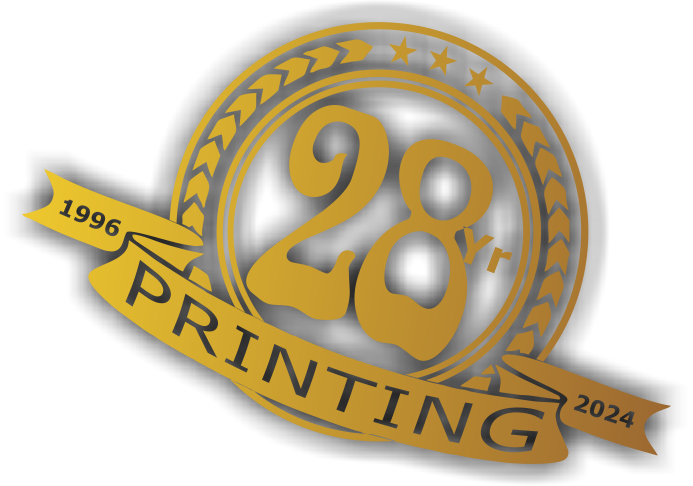 29 years of #TheProfessor
29 years of #TheProfessor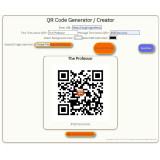
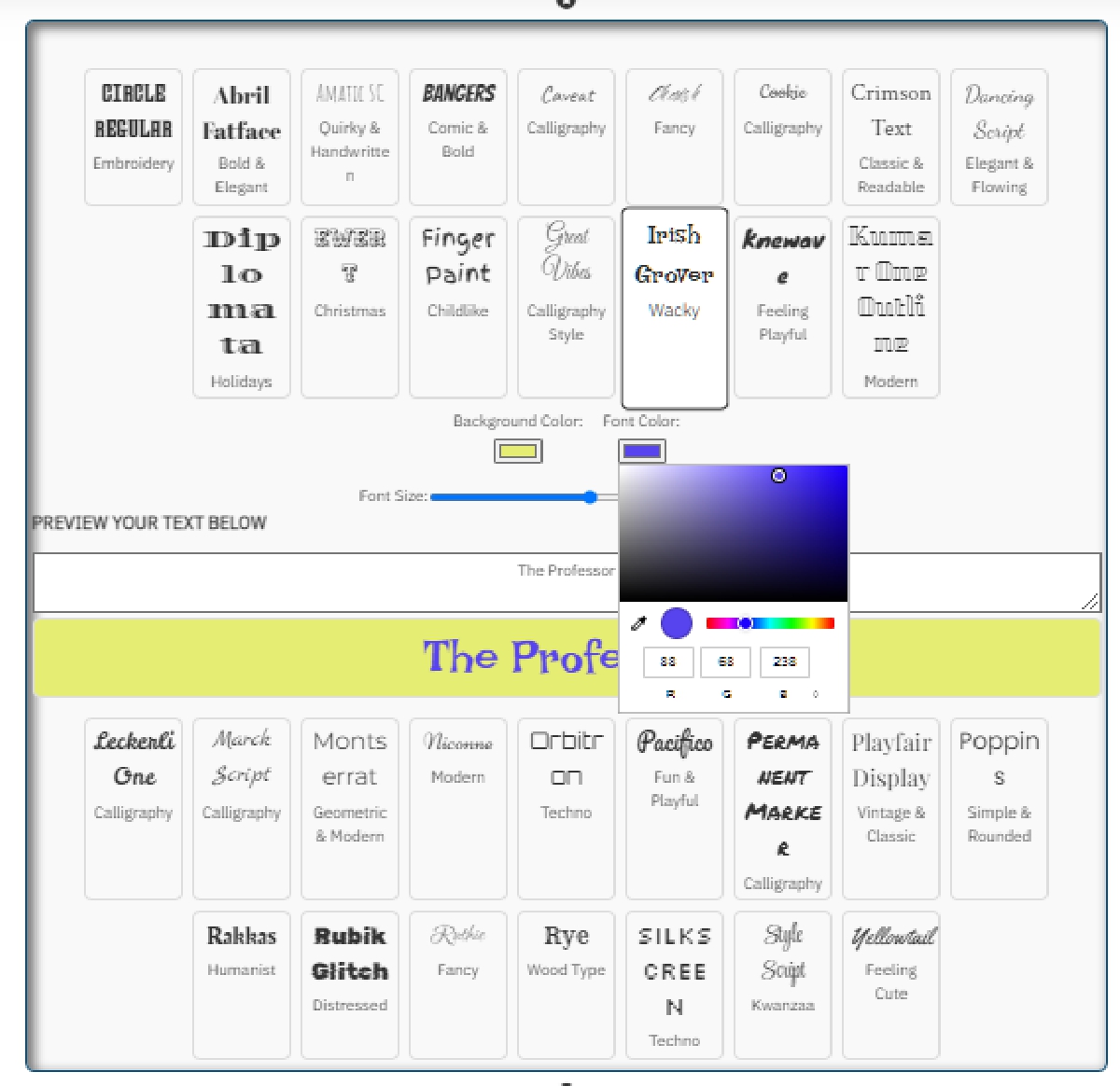
 12% rewards for affiliate members
12% rewards for affiliate members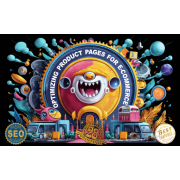
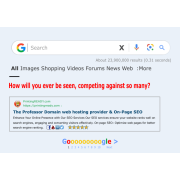
Leave a Comment